Ferrari’s first electric car will be launched next year with around 1000bhp from four motors, stunning acceleration, wild new chassis technology and active suspension from the F80 - but bosses say it won’t be a supercar.
The four-door four-seater – which will be Maranello's seventh stand-alone model line – is described instead as more of a GT car, positioning it as an indirect successor to the likes of the old V12-engined FF and GTC4 Lusso.
Unusually, the long-awaited EV – codenamed Elettrica – is being revealed in three different stages, beginning here: first come the technical details of the entirely bespoke chassis, radical quad-motor powertrain and huge 122kWh battery, then in early 2026 Ferrari will reveal the car’s official name, before the final unveiling by the middle of the year. "When you have a lot of innovation, like in the case of the Elettrica, you have to show step by step what is in the car,” explained CEO Benedetto Vigna.
Camouflaged prototypes of the new car – designed in partnership with iPhone designer Jony Ive’s agency Lovefrom – have given away few details, but it is clear it will ride higher than a traditional four-door GT and have a rakish, aero-optimised silhouette. No dimensions have been given, either, but previous mules were based on the Maserati Levante, which suggests it will be around five metres long - similar to the V12-engined Purosangue.
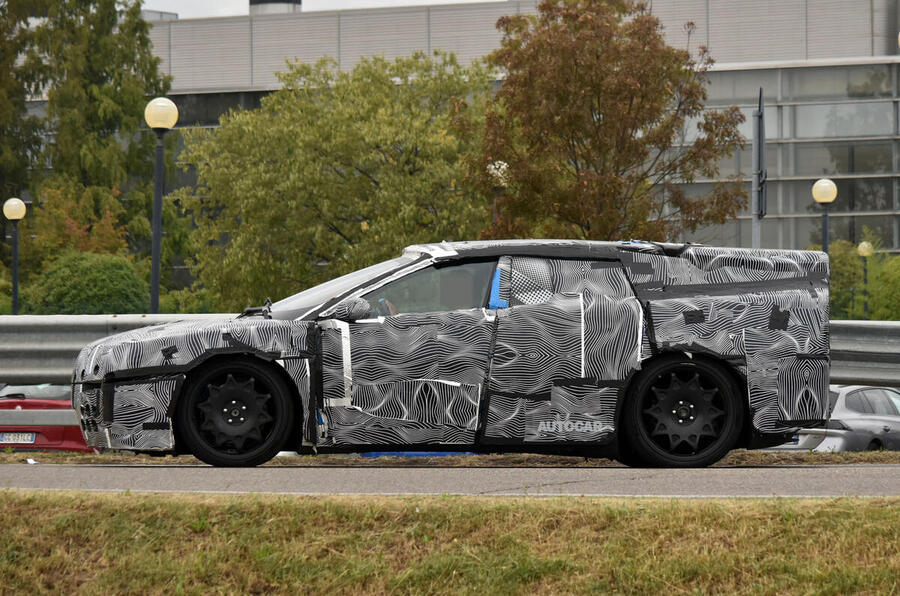
Vigna acknowledged that the market for premium and sporting electric cars is turbulent, but said now is the right time for Ferrari to launch its first EV – even as rivals including Aston Martin, Bentley and Lamborghini delay their own – because the brand needs to move fast to embrace and develop new technologies, a mandate he says was established by company founder Enzo Ferrari in 1947.

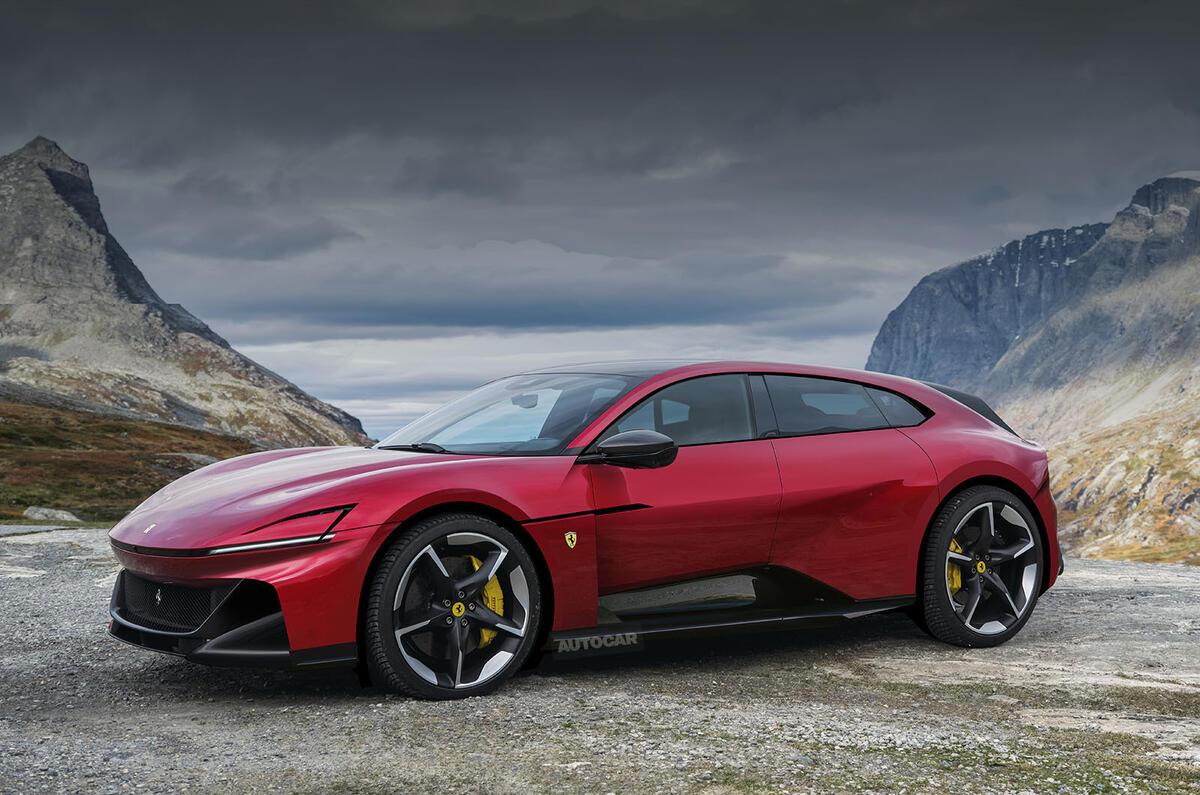

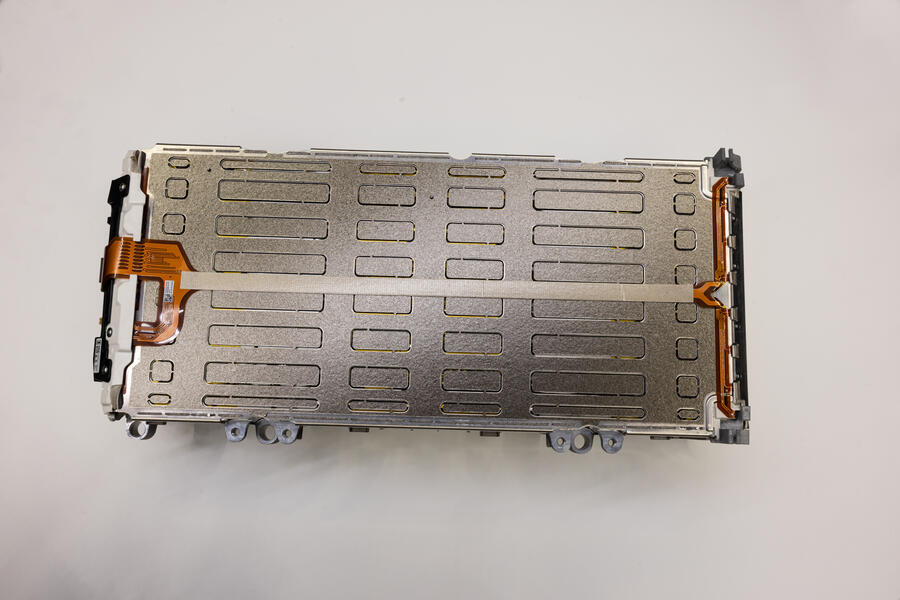
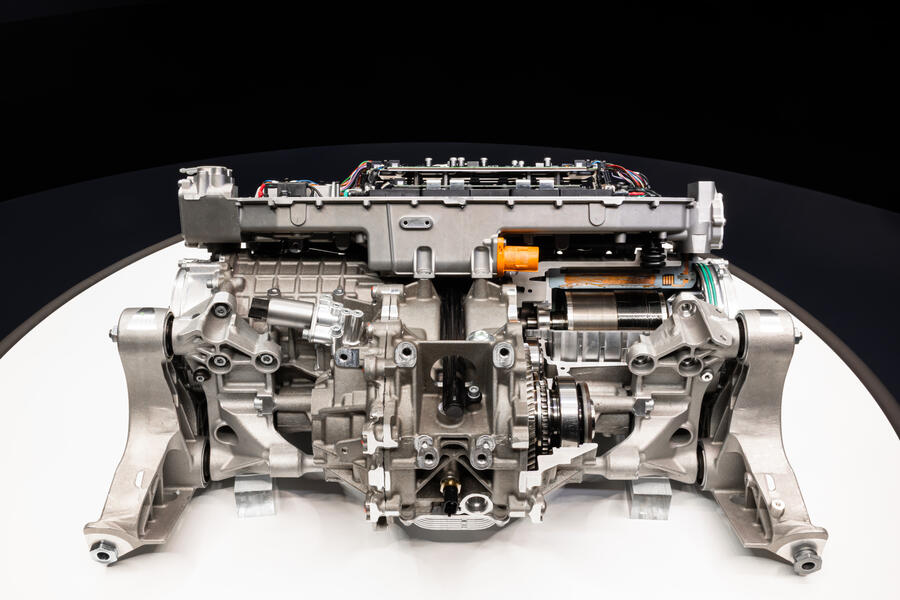
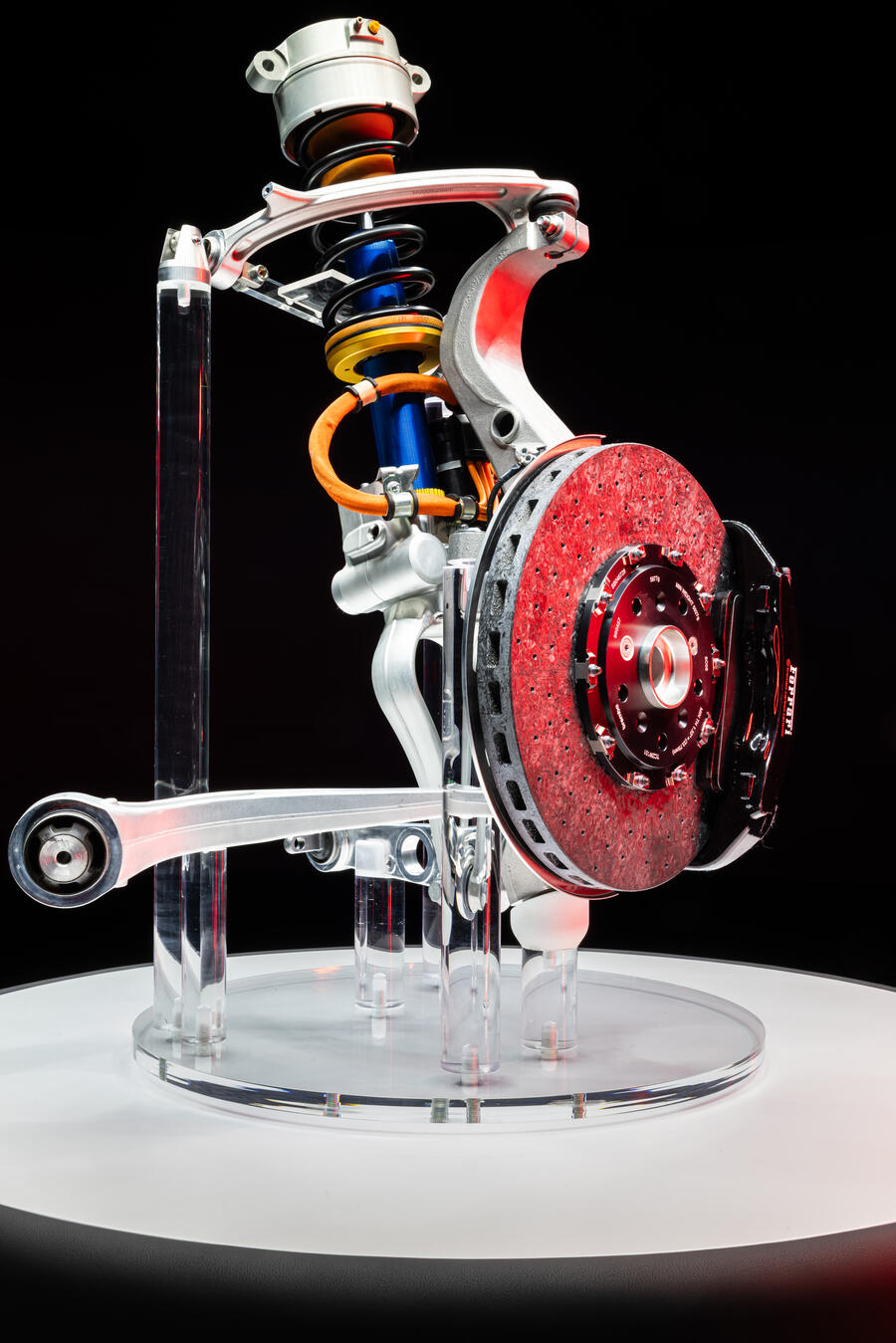






Join the debate
Add your comment
I actually didn't think they would move forward already, interesting to hear their philosophical approach about technology neutrality and innovation.
Really interested to see their take on engagement. How Ferrari DNA can extend beyond one-dimensional perception of a particular kind of engine sound.
Not many truly driver enthusiast EVs exist yet so happy to see more. As a driver enthusiasts engineer I have been loving to drive my Ioniq 5 N much more than I initially expected myself before driving one, and much more than what any inexperienced keyboard warrior can ever imagine. And yes, our owner group does have some current Ferrari owners so they do exist.
Well, this is the beginning of the end of Ferrari then. nobody wants to spend that much money for an ELECTRIC Ferrari. Buyers of these cars want a breathing V12 because thats what its all about - the soul, the spirit and the feeling.
For now. That doesn't preclude the possibility to add another perhaps equally exhilarating experience that is new to all of us. Because very few truly enthusiast driver EVs exist, and almost nobody has experienced them first hand. I've gotten a first taste of what is possible, and I love it and great potential lies ahead.
Buyers of a Ferrari can still have there V12 ,there must be plenty sitting in collections around the planet, it's just a question of how much, afterall no car is worth millions, no the future Ferrari cars buyers will buy into the EV thing just like when calculators replaced slide rules, I agree nothing sounds better than a V12 but alternative power has to be accepted.
So it's a 5m long car with minimal overhangs and an extremely short wheelbase - eh? Where else could the length be? Damn clever those Ferrari people!